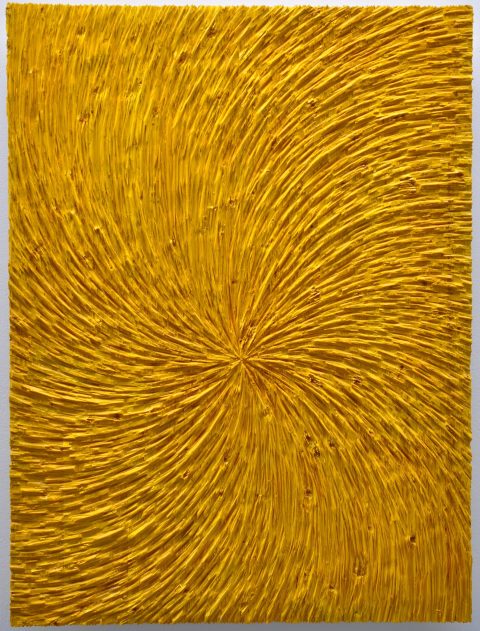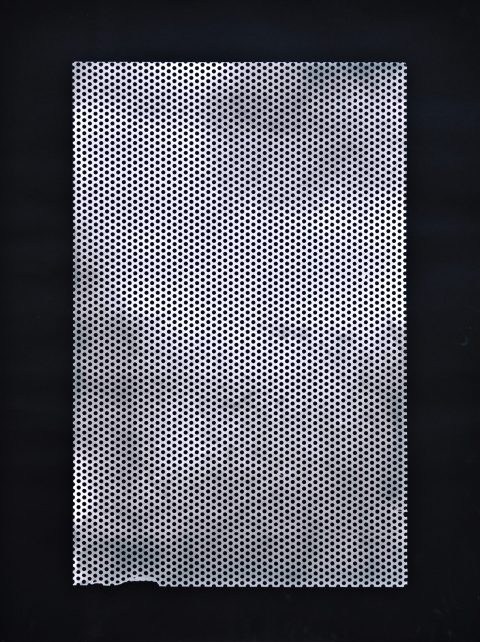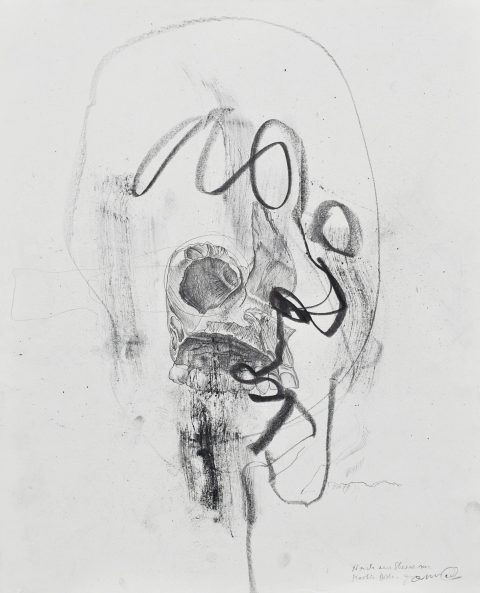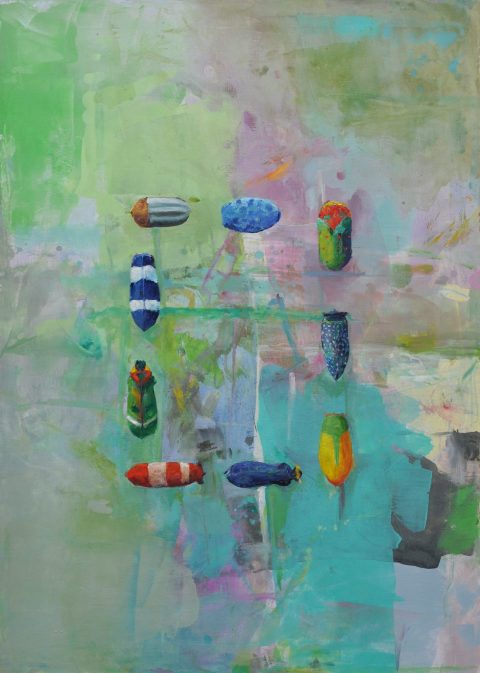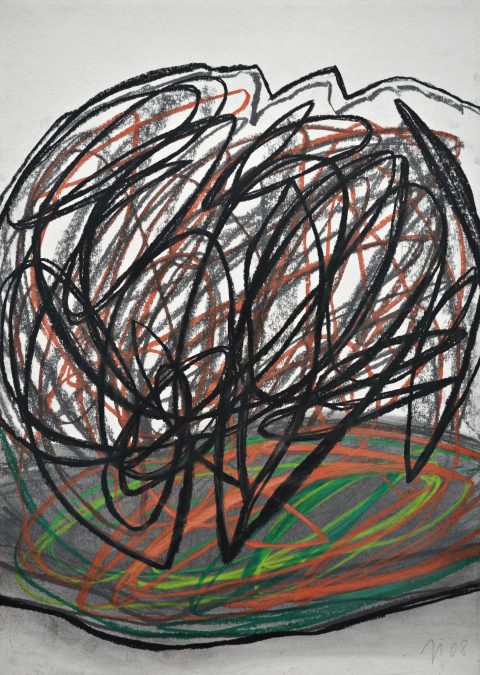Alfred Haberpointner
2022, walnut, stain, 40 x 26 x 21 cm
The galerie gölles team cordially invites you to the opening!
SOFT OPENING
on Saturday, November 19, 2022 from 11.00 to 18.00 o’clock
EXHIBITION
until 24 January 2023, Mon – Sat 10.00 – 18.00 o’clock
ALFRED HABERPOINTNER
1966 * in Ebenau near Salzburg
1980-1984 technical school for sculpture in Hallein (AT)
1985-1991 University of Design Linz (AT)
1990 Promotion Award of the University of Design Linz (AT)
1995 Working scholarship of the province of Salzburg in Paris (FR)
1997 Theodor Körner Prize for the Promotion of Science and Art
2001 Promotion Prize of the Province of Upper Austria
Alfred Haberpointner frees himself from naturalistic wood sculpture, which is characterized by craftsmanship, and leads it to a contemporary expression.
In the end there are…no more complicated forms, only simple ones, which are then shaped and fanned out in the surface in such a way that they interlock with the space. Texture I would describe as an attempt to make something legible in a materiality, an existing piece of wood. Texture, as far as I understand it in my view, is nothing more than a trace…. It is the attempt to give the material a new appearance, to change the appearance to such an extent that a new creative situation results from it. (Alfred Haberpointner)
HANS KUPELWIESER
1948* in Lunz am See/Lower Austria
1970-1973 Graphische Lehr-Versuchsanstalt, Vienna
1976-1982 University of Applied Arts, Vienna
1995 Professorship at the Graz University of Technology, Institute of Contemporary Art
Characteristic of the sculptor, graphic artist and photographer Hans Kupelwieser is his use of a wide variety of materials and media, whose functions he investigates.
Starting from the examination of art history itself, with readymades as well as with industrial products or those of the everyday world, both materiality and functionality are questioned in terms of form, meaning and linguistic exploration.
The processes of creation are often subject to principles of chance, which Kupelwieser consciously uses. Thus he successively transgresses seemingly predetermined boundaries in the sculptural material realm, makes his works float, makes them walkable, or feigns functions.
In doing so, we encounter new insights or optical phenomena, such as unexpected reflections, the reading of structural traces in photograms, or the question of how objects become autonomous images, with which Hans Kupelwieser differentiates our perception.
TOMAK
1970* in St. Veit an der Gölsen
from 1995 “the Applied” Vienna
The natural sciences characterize TOMAK’s works, his paintings show technical, scientific representations or anatomical instruction boards. TOMAK, who sees himself as an anti-artist, restlessly searches for viable images for the exposure of man and the changes in society.
As an artist one exposes oneself, that is meant in a definitional way. One must not expose oneself if one is serious about it. One must accept injuries as an artist, they are to be seen as part of the research. He uses the abstraction of the medical to capture psychological states. “In the face my life is drawn, and so I draw from life”. He builds himself into his pictures, stripped to the flesh. Who wants to see, does not want to be spared, Nietzsche says “To depict the terrible and questionable things is itself already an instinct of power and glory in the artist: he does not fear them! There is no pessimistic art. Art affirms. Job affirms.” (Wolfgang Haas)
WOLFGANG WIEDNER
1953 * in Feldbach
1973 – 79 Academy of Fine Arts Vienna
Wolfgang Wiedner’s sensitive recordings of his own surroundings, also open up to surreal-seeming pictorial conceptions, in which the familiar objects float in strictly arranged formations above the realistically painted landscape. In doing so, he isolates certain pictorial elements, multiplies them in a manner similar to Pop Art, and assembles them into new compositions.
Wiedner manages to express the emotional content of the motif. As in the tradition of still life painting, the individual objects are rendered as if they were portraits. The “mood impressionist” turns an inconspicuous object into a special situation. Often it is his own longing and subjective emotionality that turns these simple subjects into extraordinary places. Wiedner succeeds impressively in rendering this stillness and contemplativeness without any pathos. (Günther Holler-Schuster)
OTTO ZITKO
1959 * in Linz
1977-1982 University of Applied Arts Vienna
1996 Msgr. Otto Mauer Prize
2004 Prize of the City of Vienna for Visual Arts
2017 Cultural Prize for Visual Arts of the Province of Upper Austria
When Otto Zitko stopped painting at the end of the 1980s, this did not have the character of a manifesto – according to the motto “painting is dead for me, too”; it did not mean turning away from painting and seemingly overcoming it, but rather in this decision, paradoxically, the self-critically purified reason to be able to continue painting only in this way: namely, in the pursuit of the line. The artist was not concerned with a graphism as a fundamentalist ideology after all painting, but Zitko uses the long path of the line (title of a drawing from 1987) to leave a trace before all painting. He places his priority in drawing, which to him is the current form of painting, in the flowing continuous line, but excludes thereby giving a final rejection to conventional painting.
(Herbert Lachmayr)
